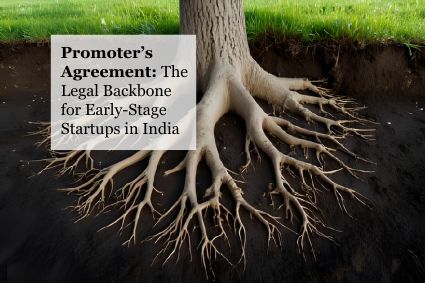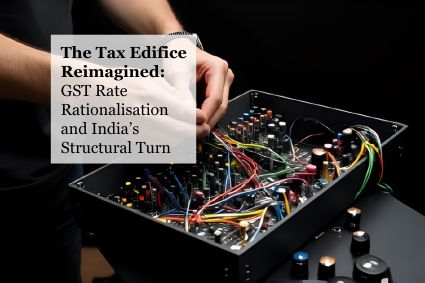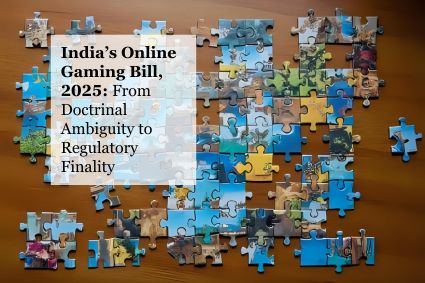GST and Production Linked Incentive (PLI) Scheme: Understanding the Tax Compliance Nexus

Post-2014, India has witnessed a significant push towards digitalization, self-reliance, and export-driven growth. Key reforms like the introduction of the Goods and Services Tax (GST) in July 2017 and the Production-Linked Incentive (PLI) scheme in 2020 have played a pivotal role in India’s economic prowess. While GST unified India’s indirect tax structure, the PLI scheme incentivizes manufacturers to boost domestic production, thereby reducing import dependency and enhancing export competitiveness.
Table of Contents
Overview of the PLI Scheme
The PLI scheme aims to bolster domestic manufacturing with an outlay of INR 1.97 lakh crore for 14 key sectors, including electronics, pharmaceuticals, textiles, and electric vehicles. Incentives range from 4% to 6% on incremental sales over a base year. The scheme’s compatibility with WTO guidelines ensures the incentives are tied to production rather than exports, maintaining compliance with global trade norms.
Each sector under the PLI scheme benefits from targeted incentives. State-specific schemes complement the PLI initiative, offering GST refunds and subsidies based on projected production and sales volumes.
GST and Its Role in PLI Compliance
GST has streamlined the indirect tax regime by subsuming multiple taxes and creating a uniform tax structure. For PLI beneficiaries, maintaining GST compliance is crucial as production and sales records directly influence incentive eligibility. Benefits like Input Tax Credit (ITC) further reduce production costs, enhance competitiveness, and prevent tax burdens from cascading to consumers. However, non-compliance risks delays in PLI disbursements, underscoring the need for meticulous adherence to tax regulations.
Additionally, GST’s role in facilitating smooth operations for industries under the PLI scheme cannot be overstated. The government’s focus on reducing the compliance burden through measures like e-invoicing and GST audits further underscores the importance of this tax regime in driving efficiency.
Sectoral Analysis and Challenges
- Electronics Manufacturing The electronics sector benefits from incentives of 4%-6% on incremental sales and reduced GST rates on inputs. However, high logistics costs, limited domestic supply chains, and production cost disabilities of 8.5%-11% compared to global counterparts persist. Despite GST relief, these factors hinder the sector’s competitiveness. Addressing these challenges through improved infrastructure and supply chain integration is essential.
- Drones and Drone Components The nascent drone sector faces varying GST rates—5%, 18%, and 28%—based on application. This inconsistency, coupled with a lack of domestic suppliers, increases import dependency and costs. Industry stakeholders have called for reduced GST rates and policy interventions to alleviate these challenges. Moreover, the sector’s growth is critical, as drones have applications across agriculture, logistics, and surveillance, promising significant economic impact.
- Electric Vehicles (EVs) The EV market enjoys a reduced GST rate of 5%, significantly lower than the 28% for internal combustion engine vehicles. However, lithium-ion batteries, which constitute 30%-40% of an EV’s cost, are taxed at 18%, raising overall production costs. Additionally, GST rates on EV charging infrastructure vary, further complicating the sector’s growth. Harmonizing these tax rates could significantly bolster EV adoption and production.
- ACC Batteries ACC batteries, crucial for renewable energy and EVs, are supported under the PLI scheme and phased manufacturing programs. However, high GST rates on components (up to 28%) and import dependency remain significant barriers. The sector demands reduced GST rates and custom duty exemptions to boost local manufacturing and achieve energy security. Collaboration with global partners for technology transfer and investment in R&D could also help address these challenges.
- Textiles and Technical Textiles The textile sector benefits from schemes like PM MITRA and the National Technical Textiles Mission. However, issues such as an inverted duty structure—where raw materials are taxed at higher rates than finished products—and high logistics costs impede growth. The Gujarat High Court’s recent ruling on GST rates for technical fabrics highlights the need for consistent and fair tax policies. Predictability in PLI policy extension and inclusion of more products within the textile domain will enhance producer confidence and market strength. Additionally, enhancing access to affordable raw materials and reducing transportation costs could amplify the sector’s potential.
Recommendations for Policy Refinement
To maximize the PLI scheme’s impact and address sector-specific challenges, the following measures are essential:
- Implement a uniform GST rate on critical inputs to simplify compliance and reduce costs.
- Streamline tax credits to prevent cascading tax burdens.
- Enhance infrastructure support to reduce logistics and production costs.
- Encourage domestic supply chains to minimize import dependency.
- Offer targeted tax reliefs for emerging sectors like drones and EVs to boost competitiveness.
Additionally, regular engagement between industry stakeholders and policymakers can ensure that evolving challenges are addressed promptly. Leveraging technology to streamline tax compliance and incentivizing innovation through tax credits for R&D are further steps that could drive growth.
Conclusion
The nexus between GST and the PLI scheme highlights the need for a balanced approach to tax policies and incentives. By addressing sector-specific barriers, refining tax structures, and expanding infrastructure, India can strengthen its manufacturing base. This will not only fulfill the vision of “Atmanirbhar Bharat” but also enhance export competitiveness, foster innovation, and drive sustainable economic growth. A robust alignment of tax and production policies is pivotal for positioning India as a global manufacturing hub, ensuring long-term economic resilience and prosperity.
By entering the email address you agree to our Privacy Policy.



